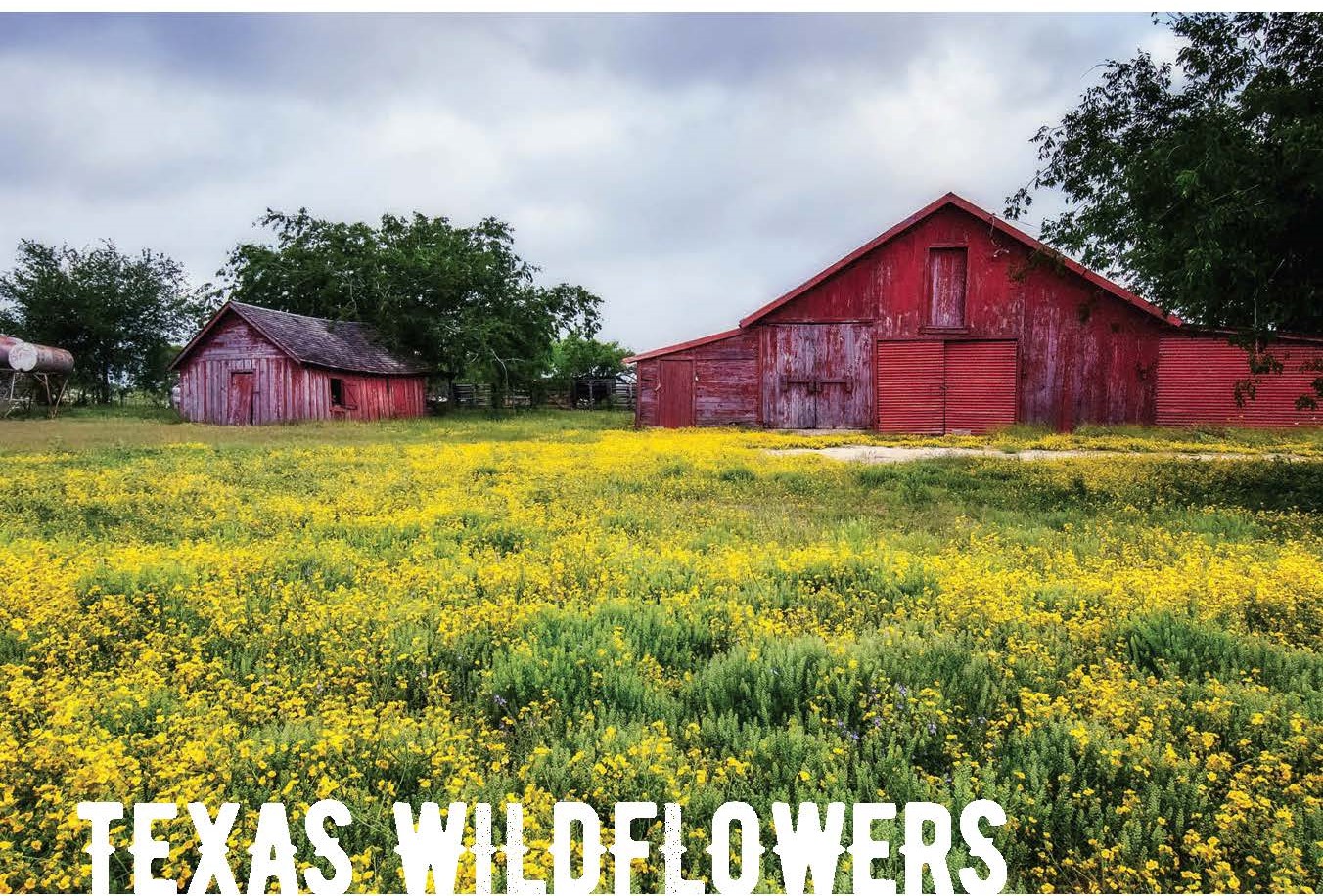
There is nothing like Texas Wildflowers to remind us spring is on the way. Bluebonnets, Indian blankets, Indian paintbrushes, winecups, primroses, and so many more grace Texas ranches and roadsides. Their colorful presence and aromatic scents start as early as late February. Even the hardest of hearts rejoices in the first bluebonnet of spring and smiles at the sight of a salmon-colored clump of Indian paintbrushes stubbornly erupting through a sea of bluebonnets.
Looking to increase the wildflower growth in the fields on your ranch? Pay attention to your soil type and what wildflowers already thrive on your land. Spreading a commercial or personally mixed blend of seed that matches what is already native to your land will increase your chances of success tremendously.
Horticulturists recommend you plant your wildflower seeds in late summer and early fall. Thankfully, preparing the soil is simple because Texas weather fluctuations do the work for you.
Planting can be as low-tech as shaking seeds from an old coffee can or using a commercially sold broadcaster. Some planters use a crosshatch method, broadcasting rows east to west across the acreage, then broadcasting rows north to south to ensure a more uniform coverage.
The great thing about wildflowers is that once established, they take over and can come back year after year.
Good sources for seeds and quantity recommendations can be found at:
Wildseed Farms, Fredericksburg, Texas http://wildseedfarms.com
Native American Seed, Junction, Texas http://seedsource.com
Texas Bluebonnet Seed Co., Bedias, Texas http://texasbluebonnetseeds.com
Turner Seed, Breckenridge, Texas http://www.turnerseed.com
Did you know…?
Bluebonnets are members of the legume family. They thrive in soil that has a Rhizomium bacteria (inoculant), which is prevalent in the Texas Hill Country. The bacteria can be applied to the seeds before planting. Or some seeds may be purchased with an inoculant coating.
